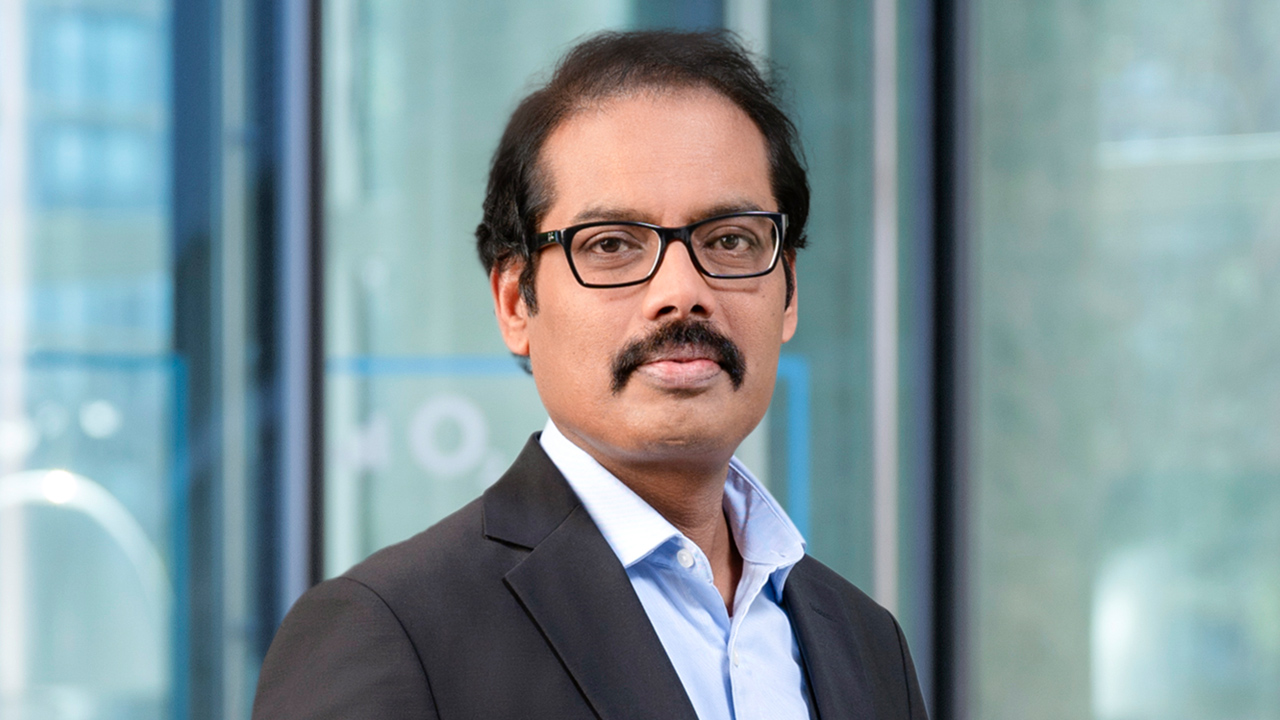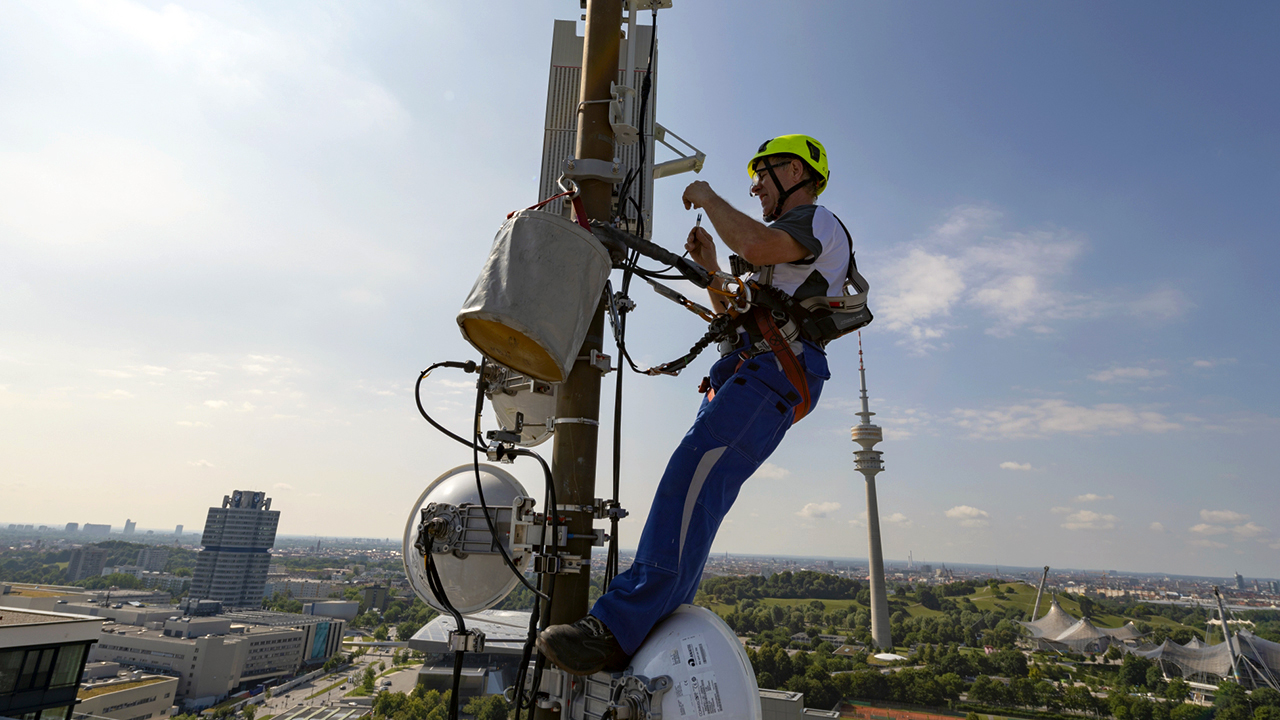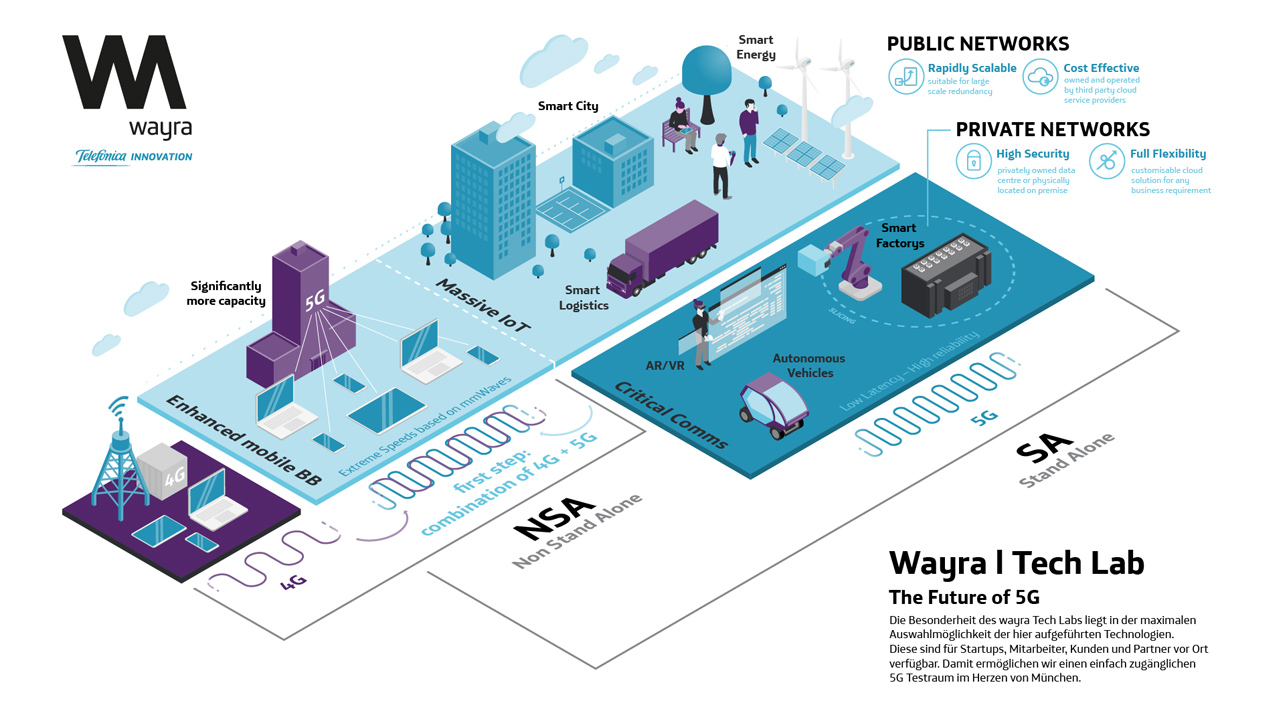07.05.2021
Nearly double 5G speed on the O2 network thanks to frequency bundling:Telefónica / O2 widens the 5G data highway

Mallik Rao
Telefónica Deutschland / O2 was the first network operator in Germany to bundle several mobile frequencies in its 5G network at the innovation site in Munich back in April. This accelerates 5G for O2 customers and ensures a stable high data throughput. With the combination of two frequency bands, the 5G data highway between the customer and the mobile communications system thus gets about twice as many lanes as before.
"We are continuously working on the further development of 5G in order to be able to offer our customers the full potential of 5G as quickly as possible. In this context, carrier aggregation is an important step that we have taken as the first network operator in Germany," says Mallik Rao, Chief Technology & Information Officer of Telefónica Deutschland / O2. "The next important step for us will be the launch of 5G standalone.“
- O2 customers benefit from higher available 5G speeds and better coverage
- 5G Carrier Aggregation Pays Off 5G Standalone Operations
More performance for data-intensive applications

The bundling of frequencies is one building block on the way to 5G standalone operation
Carrier aggregation will open up a whole new customer experience, especially for data-intensive applications on O2's 5G network. For example, gamers will be able to play mobile games online in near real time on the future 5G SA network, while other users stream high-definition videos at the same time and in the same place, or local businesses will be able to use the 5G network for their digital processes.
In the first step, Telefónica / O2 has expanded a 5G mobile facility at Helene-Mayer-Ring 10 in Munich, not far from the O2 Tower, using carrier aggregation. Further locations in Germany will follow soon. In order for customers to experience the benefits of 5G frequency aggregation beyond normal 5G coverage, they need a smartphone such as the Xiaomi Mi 11 5G.
Frequencies are combined sensibly
Telefónica / O2 currently uses only frequencies at 3600 MHz for the 5G network. While low frequencies at 700 MHz are well suited for 5G coverage in rural areas, frequencies at 3600 MHz support very data-intensive applications over short distances and coverage inside buildings. Additional frequencies will be added in the future at 700 MHz and 1800 MHz.
Based on the O2 mobile sites with 5G carrier aggregation, more and more terminal equipment manufacturers will be able to develop, test and launch the necessary software on the market in the future.

Differences between 5G non standalone and standalone
Telefónica / o2 to launch 5G SA in summer 2021
The bundling of frequencies is one of many building blocks on the way to 5G standalone operation, in which the 5G network will operate without a 4G infrastructure as a basis. O2 will launch 5G standalone operation this summer. Then, for the first time, the O2 network will also offer gigabit speeds, enable applications to communicate in real time with low latency times of just a few milliseconds, and introduce innovative services such as network slicing.